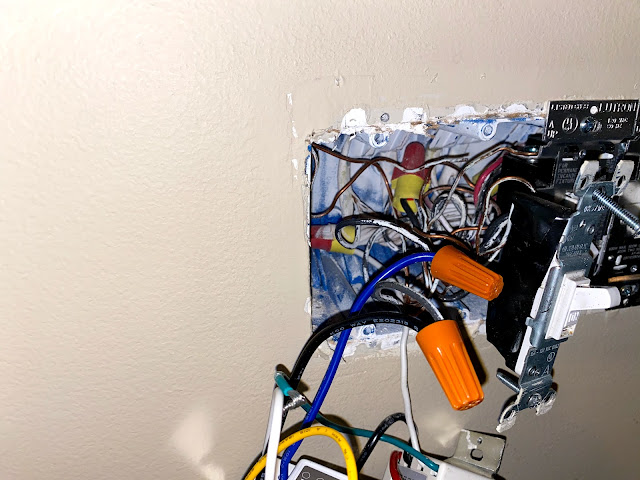Many years ago, now, I had decided that I needed to learn how to do crosswords. It was mostly borne out of two thoughts:
- I was approaching 50 and was feeling embarrased that I couldn't do them.
- I have some reason to be concerned for risk of Alzheimers. I have the Apo E 3/4 genotype, which while not at all a death sentance, confers greater risk. I am hoping that solid learning throughout my life along with lots of Zone 2 or equivalent (and maybe statins) will provide some protection by increasing my cognative reserve.
This post is intended to give you some thoughts on how to approach (and track) your journey.
Here are my thoughts about how it could go for you and maybe how to approach:
- Do the online (web-based) versions of the puzzles. The software avoids having to erase or otherwise deal with logistics.
- The puzzles do not require a live internet connection. Load up the puzzle before you head out on a flight or into a dead zone and puzzle away.
- Master the keyboard for the puzzle - Tab for switching between clues; arrows to move the active tile or switch between across and down.
- Its gonna be hard. Like, super frustrating. Just know that going in.
- If you need to step away from the puzzle, do so. Often times, you'll make a lot of quick progress after having focused on something else for 30 minutes or so.
- All of the online puzzles will pause your timer when the browser tab is not in the foreground. The WaPo/LAT will do so immediately, the NYT after a few seconds.
- Solver harder puzzles over time. What could this mean?
- Start with mini crosswords.
- Then graduate to the daily 15x15 puzzles in the Washington Post / LA Times (and 21 x 21 puzzles on Sundays)
- Finally, graduate to doing both the WaPo/LA Times along with the NY Times
- Mondays are easiest, Saturdays are hardest. Sundays are just largest, but usually at a Wednesday/Thursday
- Set aside accordingly
- Saturdays will easily take more than an hour when you start
- Sometimes advanced puzzles will have quirks like a single tile is meant to have two tiles or skip to another point on the puzzle to finish the clue. Pay attention to the theme and if you are really struggling, think about a clever take on that theme.
- Build the level of difficulty in "cheating"
- Initially, let yourself Google answers that are facts. Yes, you are cheating but, you will be able to solve the puzzle and then see the progress in the future when you don't have to do it. Also, most frequently, the puzzle creator is not trying to require that you know some super obscure fact to be able to solve the puzzle (especially early in the week). Try to focus on obvious answers.
- Learn the small words, especially those with several vowels. They are favorites of the puzzle creators. Pop stars with short names (3 or 4 letters) and at least two vowels are favorites (Brian "ENO" or "DUA" "LUPA", for instance).
- Clues with "?" are plays on words; not to be taken too seriously
- Longer clues will often be multiple words - this just takes some getting used to. For instance, wedding vowels ("IDO") and formal agreement ("ASAMI") are reasonably common.
- Especially as a new puzzler, try to leverage first letters (i.e. if you get an across in the top row, work hard to get all of the downs associated with that word.
- Related, build to completion by going section-by-section.
- Many clues have simpler answers than more complex. Easy advice, hard to keep in mind.
- Be willing to delete first attempts at words. Its a balance between being confident in your answers and building around known words and being willing to admit that maybe there is another option. "SODA" and "COLA" was a recent example for me. I had the confirmation with the O and A, but it took me way too long (and cost me a check grid) to move off of the COLA in favor of SODA.
- Pay attention to the tense used in the clue. The answer will match it.
- Allow yourself to liberally check grid at the start (and have the software tell you what tiles you have wrong). Try to avoid revealing the right answer.
- As you improve, limit yourself to checking grid until you've spent a certain amount of time struggling with the answers or have gone through all of the open clues at least twice and have not gotten any new tiles filled in.
- If you are super stuck and at the end of your rope, "Spam Vowels"
- Put an 'A' in all open tiles and check grid. Repeat for all of the other vowels and if necessary, 'Y'
- If you're still stuck after all of the vowels, proceed with the consanants in alphabetical order.
- Sometimes you get everything but the last letter. Think hard, but sometimes you just have to go through the whole alphabet before your puzzle clears as done. Especially early on, don't feel bad about this.
- Date
- Time to completion
- Number of times you had to check grid
- Sum of the number of tiles you had wrong each time you checked grid. While playing, I will just write down the number and a plus sign between them (10+9+3) and it will help you track both the number of times you checked the grid and the total number of tiles you had in error.
- A 1 or 0 of whether you spammed vowels
- A 1 or 0 if you Googled any answers
- Score (for LAT/WaPo)




















